



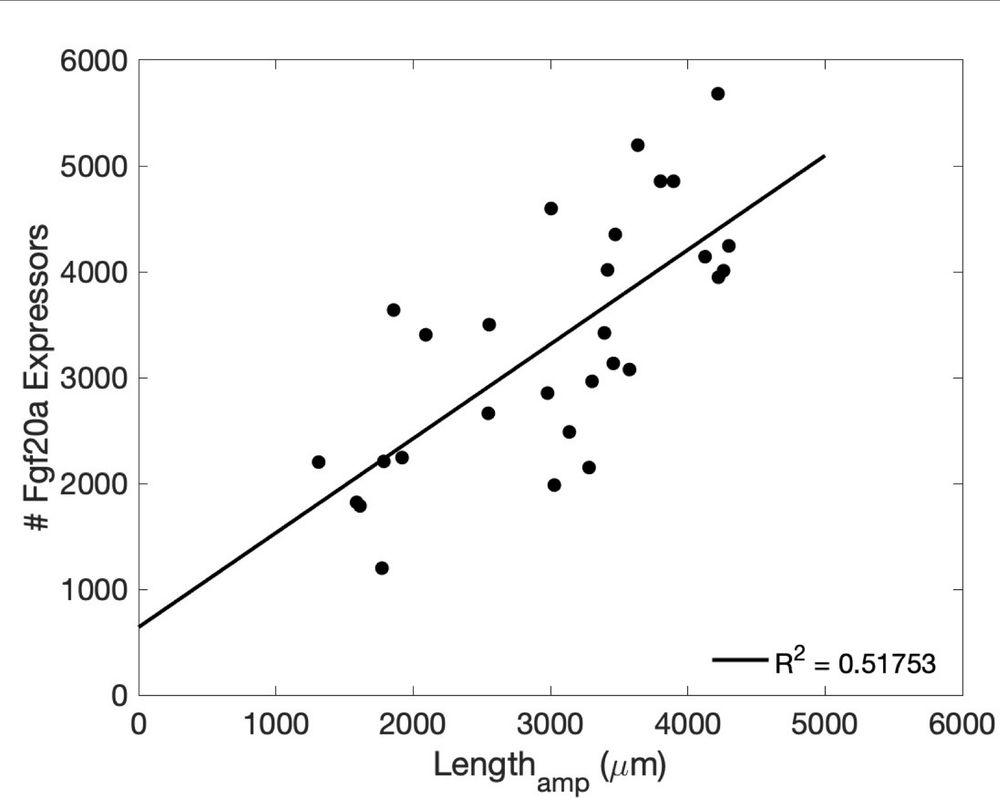
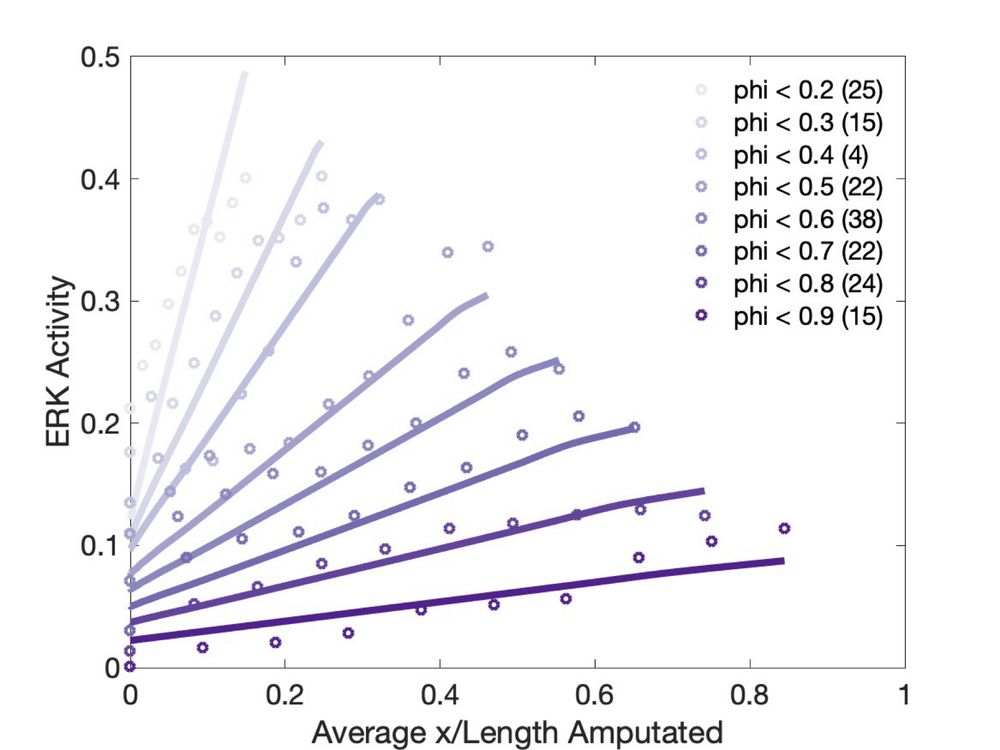


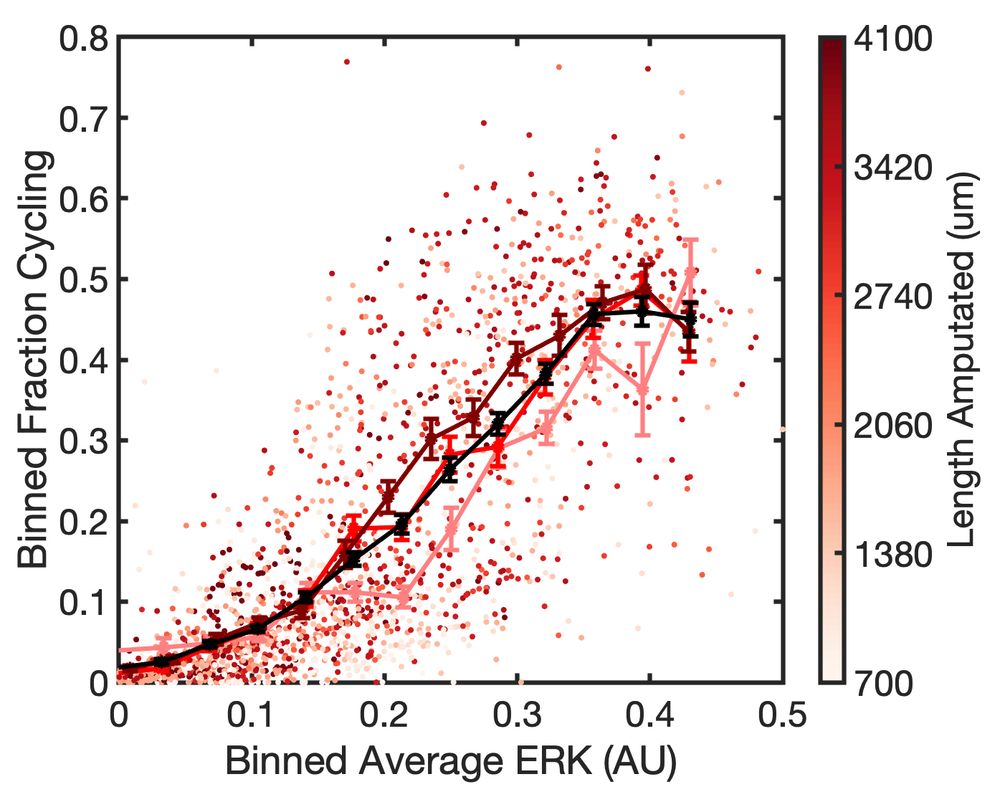
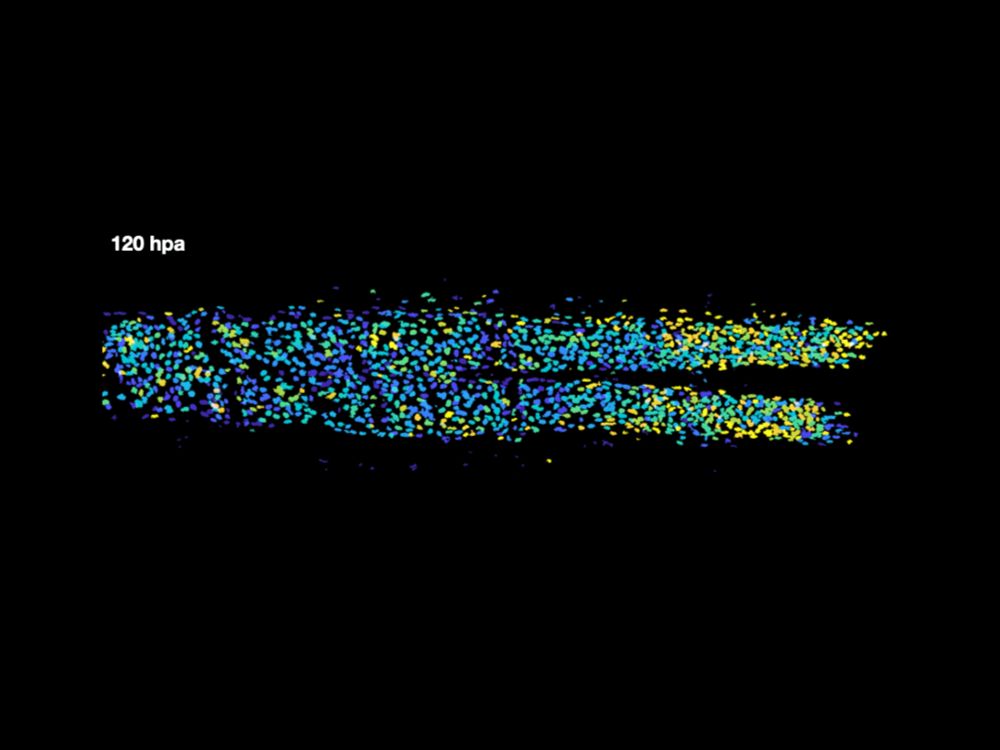
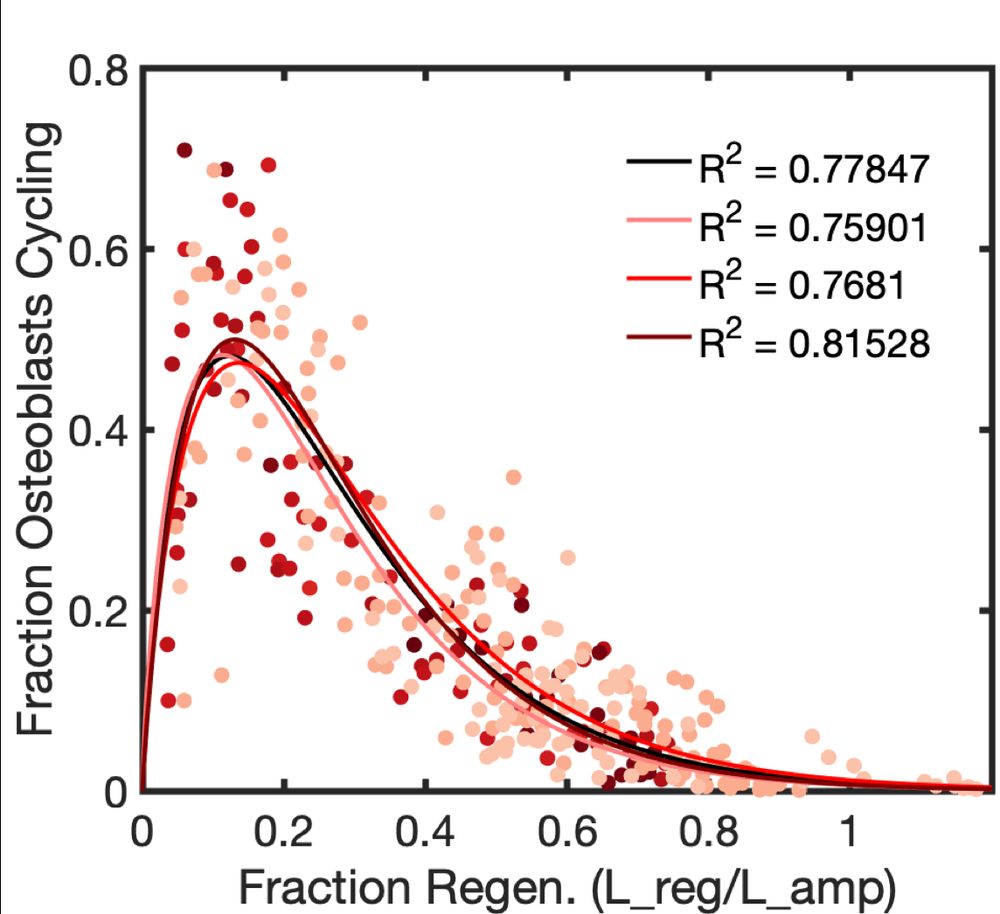
We are looking for postdoc(s) interested in quantitative problems in Development and Regeneration. Previous experience in quantitative biology is not required. We will support you and provide a great training environment if you are committed to learn new things.
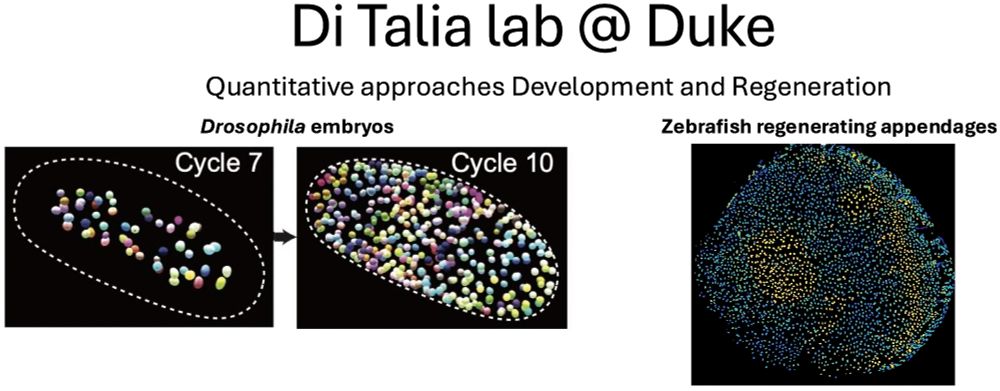
We are looking for postdoc(s) interested in quantitative problems in Development and Regeneration. Previous experience in quantitative biology is not required. We will support you and provide a great training environment if you are committed to learn new things.

